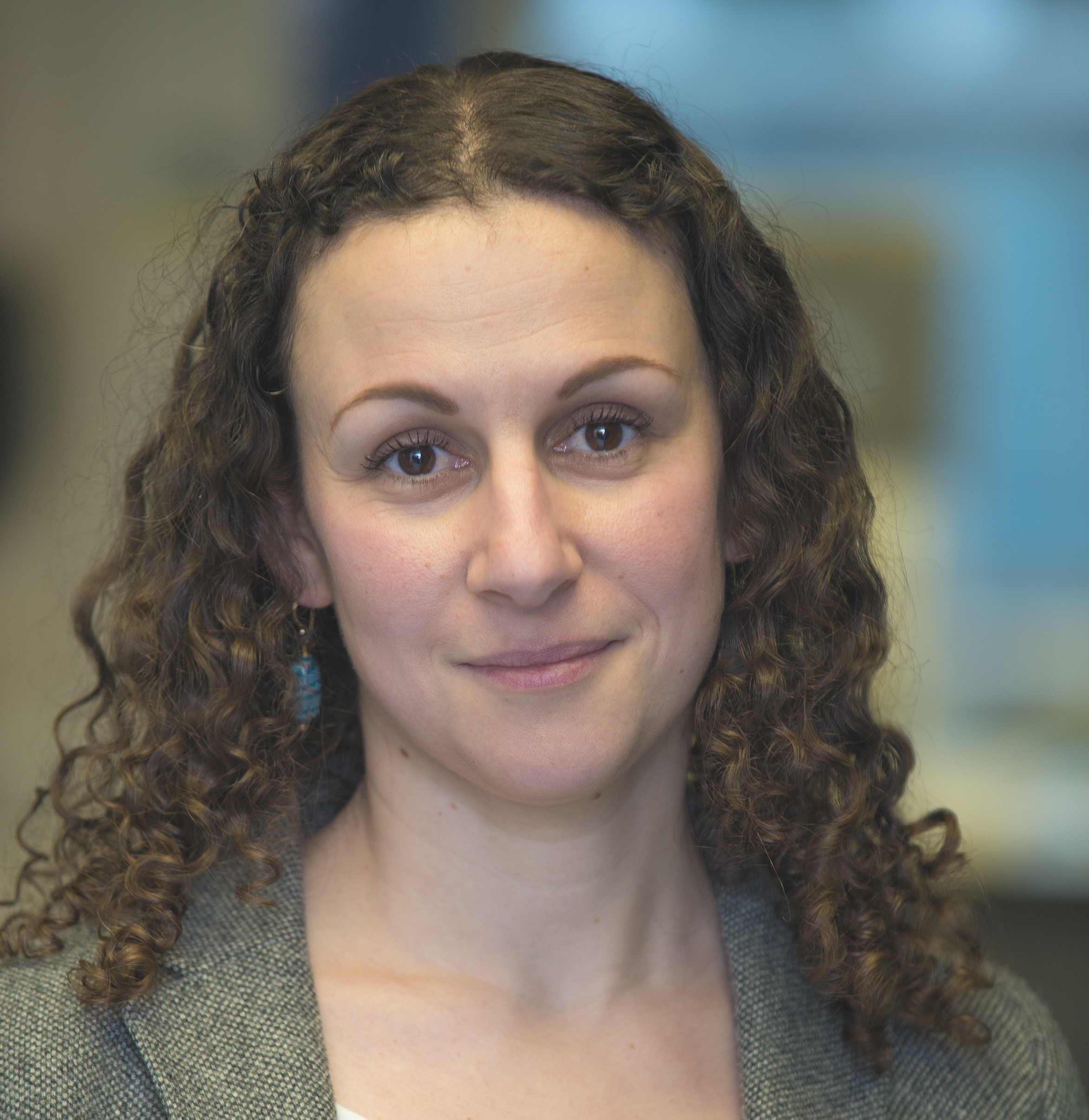
Dr Maria Christophorou
Position: Group Leader
Personal home page:
https://www.babraham.ac.uk/our-research/epigenetics/maria-christophorou
PubMed journal articles - click here
Dr Maria Christophorou is pleased to consider applications from prospective PhD students.
How do the cells of an organism, all of which have exactly the same genetic code, adopt such different fates, morphologies and functions? And how do they then respond to the signals and stresses around them in order to make up a living, growing, healthy organism that can adapt to its environment?
Seminal work in the field of Epigenetics has taught us that the answer to the first question lies in the fact that our genome is subject to epigenetic regulation, which ensures its stability and determines when and where genes produce their transcript and protein products. And the answer to the second question lies largely within the fact that these proteins, which then go on to execute most of the cell’s functions, are themselves subject to regulatory mechanisms that determine when, where and how a protein will function.
Our lab combines these two fascinating biological questions to understand how genome-regulating proteins are themselves regulated during mammalian development and how these regulatory mechanisms are compromised in cancer. We are particualrly interested in the commonalities between stem cells and cancer cells and how somatic cells can be reprogrammed and employed in regenerative medicine approaches without the associated risk of tumourigenesis. We employ biochemistry, cell and molecular biology, genomic and epigenetic approaches and mouse model systems to understand the mechanisms that modulate the function of epigenetic regulators, how these mechanisms are perturbed in cancer and how they may be targeted for therapeutic effect.
We have a strong focus on protein post-translational modifications (PTMs). These are small chemical changes that happen on proteins as a result of cell signalling changes and can quickly alter the activity, stability and sub-cellular localisation of these proteins, as well as their affinity for other molecules, such as nucleic acids. As a result, PTMs add an enormous degree of sophistication to biological systems, beyond what can be achieved by gene regulation alone. Our favourite PTM is citrullination, the conversion of an arginine residue to the non-coded amino acid citrulline. Exciting developments in this classically under-explored field have shown that citrullination and the enzymes that catalyse it, the peptidylarginine deiminases (PADIs or PADs), regulate many aspects of cell physiology, while their deregulation contributes to the development of pathologies such as autoimmunity, neurodegeneration and cancer. Understanding the mechanisms that control PADIs and other epigenetic regulators in response to developmental cues and cellular stresses can offer valuable insights into human health, which can be exploited towards therapeutic benefit in a variety of disease conditions.
Before developing a life-long passion for the study of PADIs and citrullination, Maria studied how different oncogenic insults lead to the activation of p53 and its action as a tumour suppressor.
Symplectic Elements feed provided by Research Information, University of Cambridge
Christophorou M.A.*, Castelo-Branco G.*, Halley-Stott R., Slade-Oliveira C., Loos R., Radzisheuskaya A., Mowen K.A., Bertone P., Silva J.C.R., Zernicka-Goetz M., Nielsen M.L., Gurdon J.B. and Kouzarides T. (2014). Citrullination regulates pluripotency and H1 linker histone binding to chromatin. Nature. 507(7490):104-8.
Amaravadi R.K., Yu D., Lum J.J., Bui T., Christophorou M.A., Evan G.I., Thomas-Tikhonenko A. and Thompson C.B. (2007). Autophagy inhibition enhances therapy-induced apoptosis in a Myc-induced model of lymphoma. J Clinical Investigation. 117(2):326-336.
Christophorou M.A., Ringshausen I., Finch A.J., Brown Swigart L. and Evan G.I. (2006). The pathological response to DNA damage does not contribute to p53-mediated tumor suppression. Nature. 443(14): 214-217.
Evan G.I., Christophorou M.A., Lawlor E.A., Ringshausen I., Prescott J., Dansen T., Finch A., Martins C. and Murphy D. (2005). Oncogene-dependent tumor suppression: using the dark side of the force for cancer therapy. Cold Spring Harb Symp Quant Biol. 70:263-73.
Christophorou M.A.*, Martin-Zanca D.*, Soucek L., Lawlor E.R., Brown-Swigart L., Verschuren E.W. and Evan G.I. (2005). Temporal dissection of p53 function in vivo and in vitro. Nature Genetics. 37(7): 718-726.
*equal contribution.
















